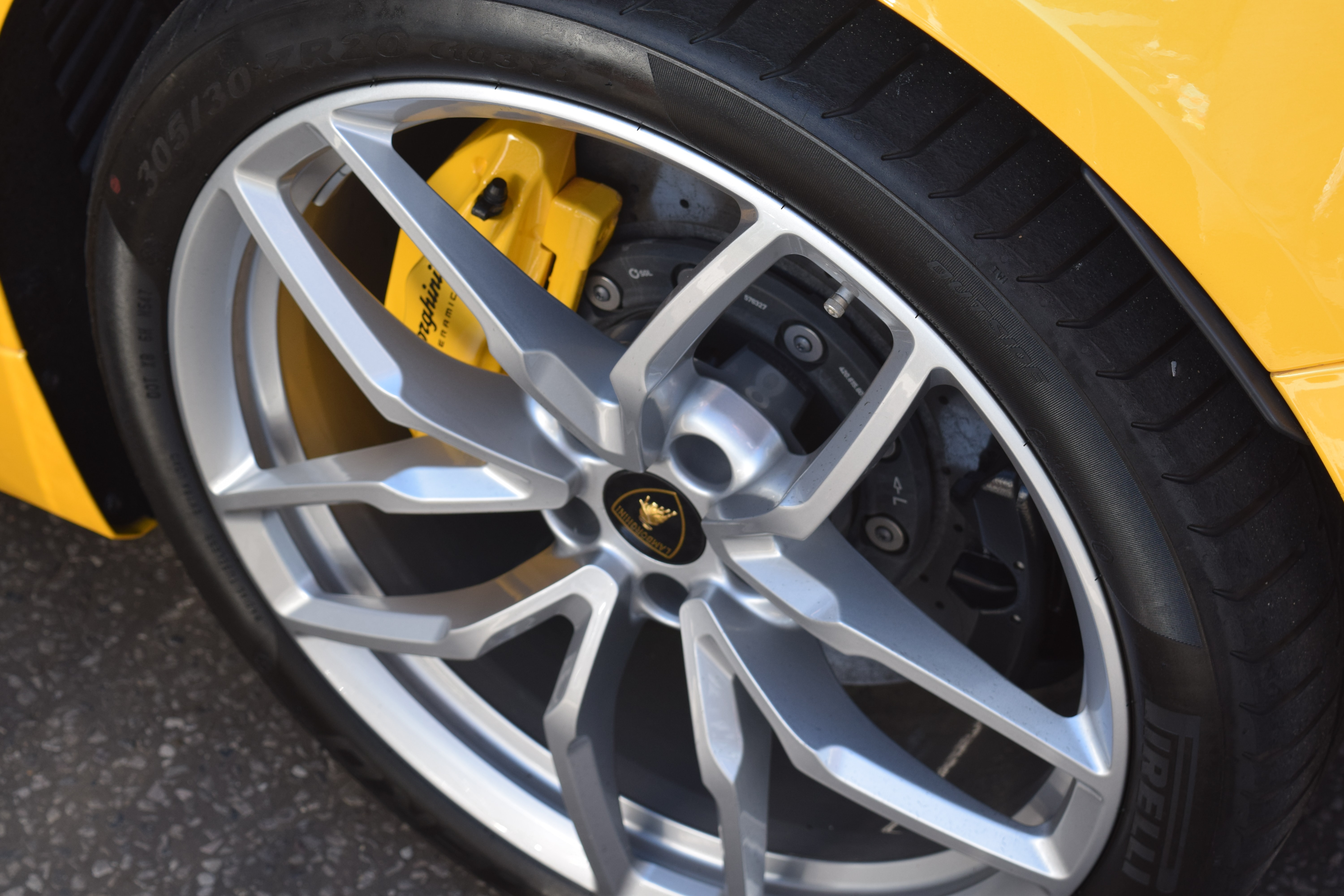
Tyre related defects are reported to have killed or seriously injured 170 motorists annually, but research suggests that one-in-five drivers have never checked their tyre’s tread (dropping to one in three for younger drivers). Additionally, a 2019 poll by Goodyear Tyres found that almost one-fifth of motorists admitted to never checking their tyre pressure.
Your tyres are the only part of the vehicle that is in contact with the road, and leaving them unchecked could have a severe impact on safety and performance as well as putting your courier insurance or fleet van insurance at risk if you were found to be negligent in an accident.
As part of its annual tyre safety month, TyreSafe has launched the October campaign ‘Are your tyres ready for ACTION’, highlighting the acronym ACT – air pressure, condition and tread. It has developed fun and informative animations based around famous film titles for this year’s campaign.
Checking your tyres regularly for any wear damage or deflation can help prevent putting your safety, or the safety of others, at risk. To get your vehicle ready for the winter months, here is some of the advice from the tyre safety campaign.
1. Air Pressure
Research shows that over 50 percent of tyres driven on Britain’s roads are below the vehicle manufacturers’ tyre pressure recommendation. Driving a vehicle with underinflated tyres increases fuel consumption and wear, while an over-inflated tyre leads to irregular tyre wear. Either way, it means increased fuel costs and the need to replace tyres more regularly. Proper care stabilises the tyre structure and can extend the average life of a tyre by a massive 7,500 km.
Tyres that are under or over inflated can also lead to poor vehicle handling including reduced cornering at high speed, longer stopping distances, braking grip and directional stability. When tyres are struggling to stay on the road, heat can build up, leading to tyre blowouts.
TyreSafe recommends checking air pressure monthly using an accurate gauge and the vehicles’ PSI (pounds per square inch) from the owner’s handbook or door sill. You’ll get a more accurate reading if you check the pressure when the tyres are cold.
2. Condition
Check your tyres for damage every few weeks, or weekly if you are a courier or haulage driver. It’s easy to cause tyre damage through hitting a pothole, speedbump or kerb, or possibly having to use your brakes in an emergency.
- Look for bulges or lumps protruding from the sidewall. This is generally caused by impact damage and has led to air leaking from inside the tyre to the carcass. As the internal structure of the tyre will have been damaged, you are at risk of a blowout and should get it inspected as soon as possible.
- Cuts and tears are easy to see from a visual inspection. While small cuts can sometimes be repaired, larger ones are more concerning. If you can see the nylon cord through the cut, the internal structure could have been damaged and the tyre will not be safe to drive on.
- Remove any grit or stones from the tread to avoid causing further damage and a possible puncture. If you find that your tyre does have a puncture, contact a specialist to inspect the damage and see if it can be fixed.
3. Tread Depth
Tread depth needs to be above the minimum legal limit of 1.6mm. It’s best to use an accurate gauge but a 20p coin can also be used as a general guide.
The 20p test is quick and easy. Insert the coin into the tread grooves on the tyre. If you can’t see the outer band on the coin, your tyres are above the legal limit. However, if you can see the band, your tyres could be unsafe and will need professional inspection.
Driving on bald tyres is illegal and could have severe consequences should you be involved in an accident. Firstly, it could invalidate an insurance claim, so you could be left without cover. Secondly, driving with defective tyres could put you at risk of a £2,500 fine as well as three points on your licence. That is per tyre, so all four could cost you a hefty £10,000 together with 12 points on your licence, which could lead to disqualification from driving and cancellation of your motor trade insurance policy.
For further information and advice about TyreSafe’s ‘Are your tyres ready for ACTION’ campaign, take a look at www.tyresafe.org.